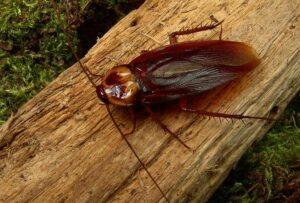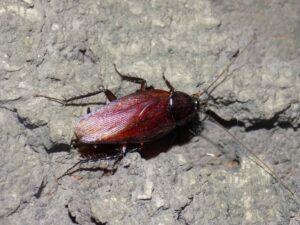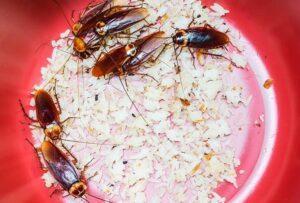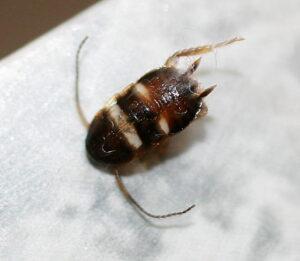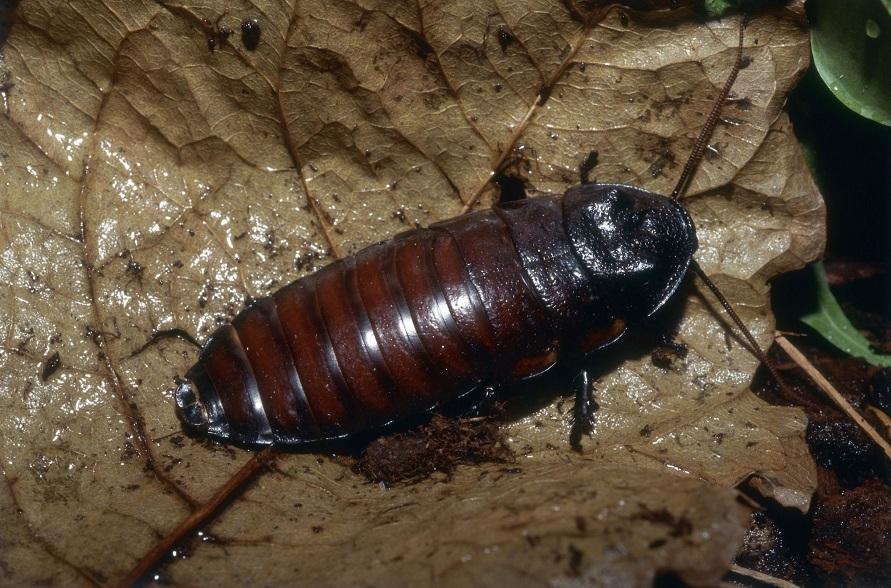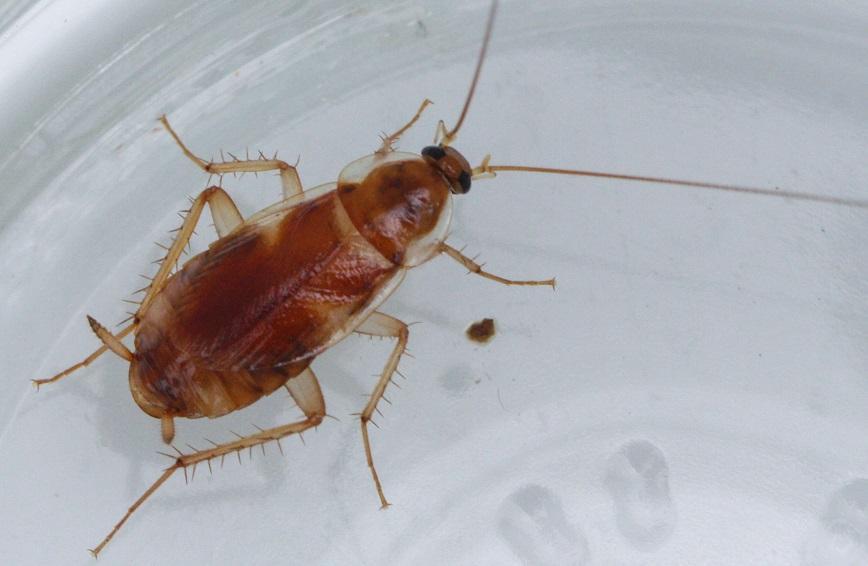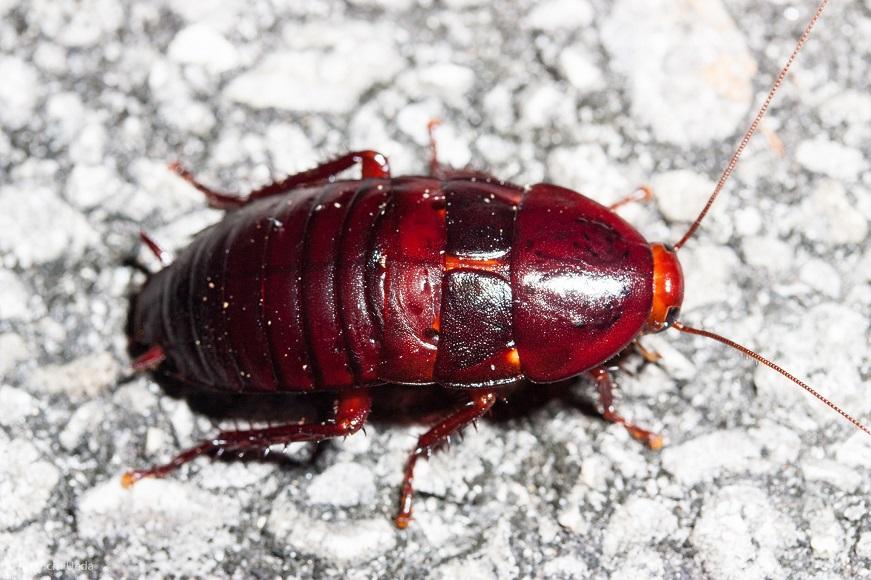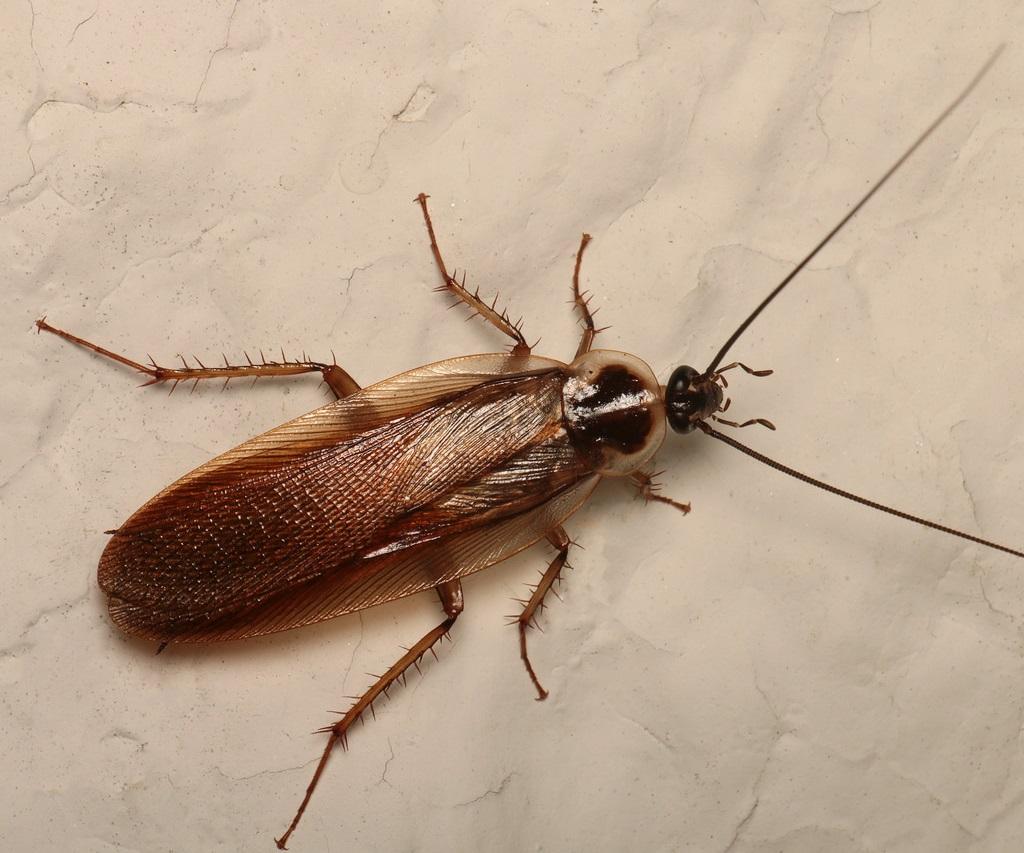Smokybrown Cockroach (Periplaneta fuliginosa)
Updated on
17/11/2022The smoky brown cockroach, a large species, gets its name from its dark brown coloration. This winged species has been infamous as an annoying pest invading homes and causing immense damage. They have a wide range reported in almost every continent, including Europe, Asia, Australia, and North America.
Scientific Classification
- Class:Insecta
- Order:Blattodea
- Family:Blattidae
- Genus:Periplaneta
- Species:P. fuliginosa
Conservation Status
Description
They have a dark, glossy brown or mahogany coloration on their upper and undersides. They grow to 1¼ – 1½ inches long. Both the sexes have long wings crossing past the abdomen that they use for searching for food and their mate.
Distribution: the southern United States, mainly in the states of Florida, Alabama, Texas, Mississippi, North Carolina, and Louisiana; South America from Argentina to Paraguay; Australia, mainly in Brisbane and Sydney; Japan and other parts of Asia
Habitat: Mainly warm areas with increased humidity.
Outdoors: In wood piles, inside tree holes, planter boxes, tree barks, and fallen leaves; Indoors: In garages, sheds, water meter boxes, rain gutters, and roof shingles
Do They Bite/Sting: Can bite, but rarely do so
Lifespan: Male – 215 days; Female – 218 Days(on average)
Predators: Frogs,beetles, geckos, and iguanas
Behavior and Characteristics
Diet
They are detritivores feeding on decayed and organic matter. They even scavenge pet wastes like urine and feces, pet food, dry earthworms, and other ripe fruits.
Adaptability
They inhabit outdoors when the weather is warm. These cockroaches lose moisture quickly, needing to thrive in a wet environment to avoid drying out. Most of their activities occur during the evening when the humidity is the most. They change their dwelling places, moving from one shelter to another at temperatures higher than 20 °C. However, the adults are less susceptible to the effects of high temperature than the nymphs, seen more away from their domain.
Life Cycle
The males receive the stimulation for mating when the female roaches release sex pheromones. The sensory receptors in the male’s antennae help them get the chemical signals. A significant mating behavior displayed by the male species is perching, wherein their head remains pointed downward, with their forelegs appearing extended. Moreover, their antennae are also placed at an angle of 45° when positioned vertically. On the other hand, the females’ way of calling their mate is a little different. Their body is high up while their abdomen is bent to the ground. These cockroaches even have their wings inclined to 45°.
1. Egg Stage
The females produce around ten egg cases, with twenty eggs per case. In fact, in their lifetime, each female can produce about thirty-two egg cases. The dark-colored cases 3/8 – ½ inches long is carried by the female for two days. Then, she drops them in a secured and moist area, perhaps inside a crevice or cracks. The eggs take a minimum of 50 days to incubate; depending on the temperature, the higher, the better.
2. Nymph Stage
The nymphs hatching out of the egg case have a darker coloration than their adult counterparts. They have two white stripes running past their body on the thorax, alongside a white antennae tip. When they start growing, their color changes, too, turning reddish. Their size varies between 1 to 38 mm.
3. Adult Stage
The adult roaches develop in 320 days from the time the egg hatches. They have a lifespan of 2-6 months.
Comparison with Similar Species
Vs. American cockroach
The Smokybrown is strikingly similar to the American cockroach of the same genus. Yet, both have visible physical differences. The Smokybrown appears smaller with an entirely brown body. The American cockroach, contrastingly, is reddish-brown with yellowish markings in the portion t the back of its head.
Damages done by the Smokybrown Cockroach
They get access to homes through ventilation or even cracks and crevices, infesting indoors mainly if the weather is warm outside. These cockroaches feed on many things like bird droppings and other wastes, thus being carriers of bacteria. They even trigger allergic reactions, aggravating symptoms of those with asthma. So, in this way, one could deem them dangerous.
Getting Rid of Smokybrown Cockroach in the House
They mostly inhabit moist areas like your bathroom, so keeping your home dry is a mandate. For instance, if you have plants at home avoid overwatering them. Ensure to dispose leaf litters, clear drains, and eliminate any standing water. Once getting access to your home, they could enter the kitchen and make their way into the dustbins. So close them tightly to prevent any infestation. Also, check for any holes or cracks and seal them well, as these are the outlets for the nymphs and adult cockroaches to enter your home. Using a gel bait, traps, or dry spray bait helps managing increased infestation in bathroom and kitchen.
Source
spencerpest.com, ecoregistros.org, spencerpest.com, bugguide.net




